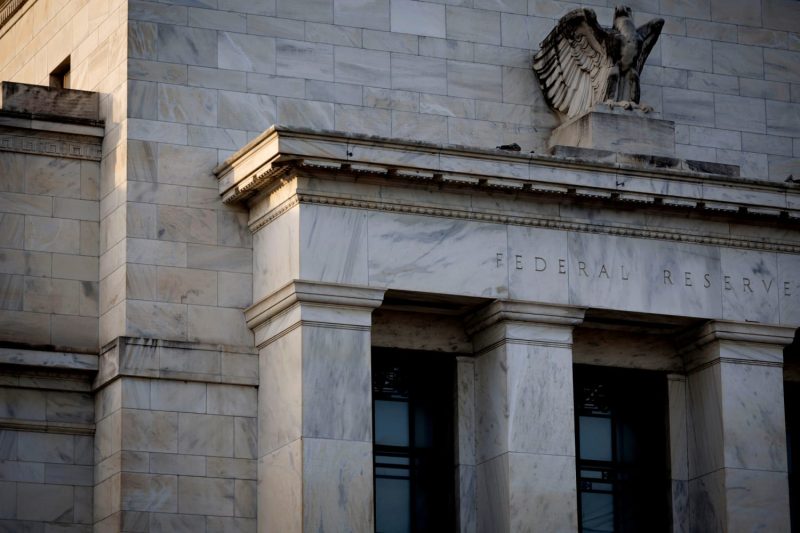In the current financial landscape, markets are eagerly anticipating action from the Federal Reserve. The stakes are high, with investors closely monitoring indicators that might signal the need for a change in the Fed’s monetary policy. But what exactly are investors looking for that would prompt the Fed to make a move towards cutting rates?
One key factor that markets are considering is the overall health of the economy. Given the recent uncertainties surrounding global trade tensions and economic growth concerns, investors are on edge, looking for clues that would indicate a slowdown in the economy. If economic data starts to show signs of weakness, such as slowing job growth or declining consumer spending, it could signal to the Fed that a rate cut is needed to stimulate economic activity.
Furthermore, inflation plays a critical role in the Fed’s decision-making process. Low inflation levels could suggest that the economy is not growing at a desirable pace, prompting the Fed to consider cutting interest rates to spur inflation and encourage spending. On the other hand, if inflation starts to rise too quickly, the Fed may need to raise rates to curb excessive price increases.
Market volatility and uncertainty also factor into the equation. If geopolitical tensions or financial market instability escalates, investors may seek reassurance from the Fed in the form of rate cuts. Lowering interest rates could help stabilize markets and restore investor confidence during turbulent times.
Another aspect that investors are closely monitoring is the yield curve. An inversion of the yield curve, where short-term interest rates exceed long-term rates, has historically been a reliable indicator of an impending recession. If such an inversion occurs, markets may pressure the Fed to cut rates as a preventive measure to mitigate the effects of an economic downturn.
Overall, the clamoring for the Fed to start cutting rates stems from a combination of economic indicators, inflation pressures, market volatility, and yield curve movements. Investors are eagerly scrutinizing data points and signals that hint at the need for a change in monetary policy. The Fed’s decision on interest rates will have far-reaching implications on the economy and financial markets, making it paramount for market participants to remain vigilant and informed in these uncertain times.
